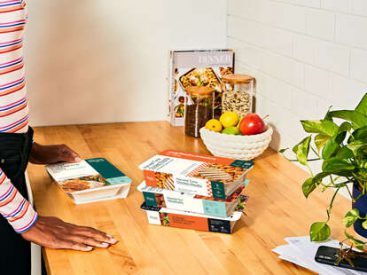Turkey Pot Pie with Biscuit Crust We all need vegetables to stay healthy , but sometimes it can be hard to eat enough of them. In fact, the Centers for Disease Control and Prevention says only 12.5 percent of adults 51 or older eat the recommended daily amount (2-3 […]
Delicious!
Delicious!



